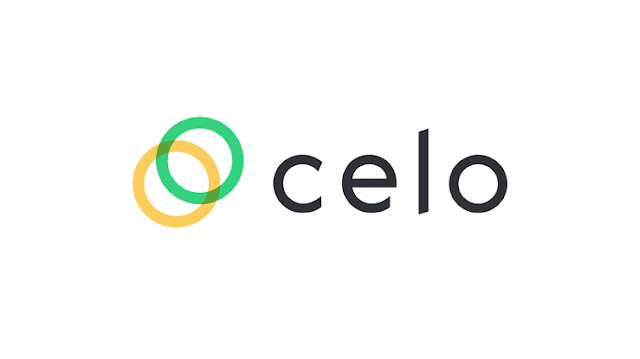Celo (CELO)
What Is Celo (CELO)?
Celo is a blockchain ecosystem focused on increasing cryptocurrency adoption among smartphone users.
By using phone numbers as public keys, Celo hopes to introduce the world’s billions of smartphone owners, including those without banking access, to transacting in cryptocurrency.
The network also allows for the creation of smart contracts and decentralized applications (DApps) as part of decentralized finance (DeFi). Its mainnet was launched in April 2020.
The platform has two native tokens. CELO is a proof-of-stake (PoS) token used for transaction fees, governance participation and related activities. In future, the platform aims to host various stablecoins, with one, the Celo Dollar (CUSD), already in use.
Who Are the Founders of Celo?
Celo was originally founded by a team comprised of people from MIT, Stanford, Google, Square, Circle, Visa, GoDaddy, World Bank, Federal Reserve Bank, Harvard University, University of Pennsylvania Law School, Cambridge University, U.S. Department of Justice, Bank Of America, Capital One, Twitter, Give Directly, and the Gates Foundation
Separate entities are aimed at Celo’s promotion and preservation. The dedicated Celo Foundation is a non-profit which launched along with the mainnet, while the Celo Alliance for Prosperity is what the company describes as an “ecosystem of mission-aligned organizations.”
What Makes Celo Unique?
Celo’s main unique selling point lies in its focus on smartphone users. The company argues that the number of smartphone owners is increasing exponentially, but the number of people using cryptocurrency is rising at a much slower pace.
Cryptocurrency is further highly suited to regions in which a large section of the population does not have access to the banking sector, but still has a smartphone.
Bridging the gap between the two technologies is what Celo aims to do, along with harnessing the benefits of DeFi by supporting the creation of DApps and smart contracts.
Optimized for mobile, the Celo blockchain automatically calculates transaction fees, and also allows users to pay the gas fees which power transactions in any currency.
How Is the Celo Network Secured?
Celo uses proof-of-stake to maintain security, and has a complex election process to determine validators of its blockchain.
Holders of CELO are able to use their holdings as a means of participating in elections by voting for groups of validators.
How Does Celo Work?
The Celo network relies on three contributors to help run its platform:
- Light Clients : Celo Network applications running on user’s mobile devices, such as Celo’s mobile wallet.
- Validator Nodes : Computers who participate in Celo’s consensus mechanism, validate transactions and produce new blocks.
- Full Nodes : Computers that act as the bridge between Validator nodes and mobile wallets, taking requests from light clients and forwarding transactions to validator nodes.
- Of note, Celo’s system requires that the validator nodes be voted in by CELO token holders.
Byzantine Fault Tolerance (BFT)
Central to Celo is a Proof of Stake governance mechanism called the Byzantine Fault Tolerance (BFT) that keeps the distributed network of computers in sync.
In order for validator nodes to power the blockchain and vote on changes, they must first stake a minimum of 10,000 CELO tokens, meaning that anyone who owns CELO can help operate the network.
Currently, there are only 100 validator nodes at any one time, voted on by the full nodes, and each node is subsequently rewarded with a portion of the block reward for validating the transactions.
Full nodes receive their rewards from the fees paid out by the light clients.
cUSD
A key feature of Celo is its ability to operate stablecoins, such as cUSD, which offers the efficiency and transparency of crypto transactions, while providing relief from the volatility of these assets.
Celo automatically ensures that the value of each cUSD equals one US dollar using what they call a programmatic reserve, an overcollateralized reserve consisting of CELO and other cryptocurrencies, such as Bitcoin (BTC) or Ethereum (ETH). This means that cUSD can be sold for an equivalent value of CELO, and vice versa.
In the future, Celo plans to allow CELO holders to propose and vote on the creation of stablecoins that mirror the value of other national currencies, such as the euro or yen.
Tags:
Cryptocurrency
